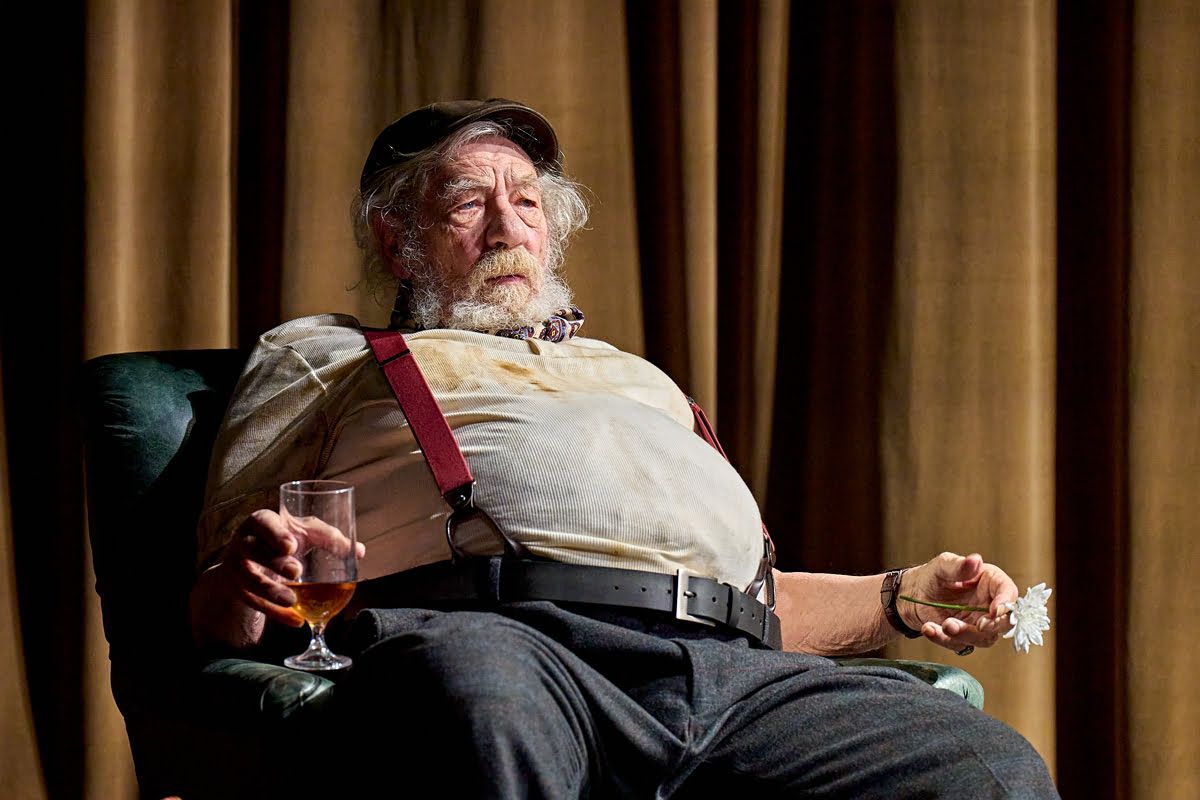Teaching History Without Textbooks
The Best Route to Better Critical Thinking Skills
History and social studies textbooks are dull. They condense and predigest ideas and insights, transforming them into tasteless pap that students can regurgitate without having to think. Teachers who “teach the textbook” are responsible for the widespread belief that history and the social sciences are terminally boring.
Textbooks written for secondary schools are especially dreadful. Designed to appeal to one or two states that make mass purchases for all their schools, they are a poor fit for the curricula of other states. They won’t provide any paper help for students who are going to pass exams. Anything even remotely controversial is excluded, for fear of offending somebody. The results are truly depressing for teachers who want to teach their students to think.
The Proper Use of a Textbook
Textbooks do not belong in the classroom: students should take them home at the beginning of the course and return them at the end. Their quick and simple overviews of particular periods, concepts, or important events, read at home, may help students be better prepared for the next day’s lesson. A very brief fact-based quiz at the beginning of the class period – perhaps a “do it now” while the teacher takes attendance – will serve to check on whether or not the reading has been done.
Do not assign “chapter review” questions for homework. Such questions, along with publisher-provided worksheets and tests, usually are written by poorly paid and overworked publishing house staffers, more concerned with making a deadline than encouraging critical thinking. Students may be advised to test themselves with chapter review questions, but teachers who say, “Read chapter three and answer questions one through seven” – either as homework or, worse yet, in class – are doing their students a disservice.
Materials to Encourage Critical Thinking
Teachers who make the effort will find plenty of materials that students find challenging thought-provoking, and emotionally engaging. Rather than learning about history, students should be actively engaged in historiography. Rather than learning about social science, students should be using it. These types of materials singled out by the experts from essaypay.com are especially useful:
- Primary sources – With guidance from their teachers, young people are capable of probing and understanding documents, eye-witness accounts, and archival film or video, even when difficult or archaic language is involved. Students can be encouraged to perceive such materials as puzzles to be solved, and they will be very proud of themselves when they succeed.
- Popular histories and biographies – Selections from books like Fred Kaplan’s Lincoln, or Alison Weir’s The Lady in the Tower, can help students understand how it felt to live in earlier times, and why now-famous people acted as they did.
- Journals and magazines – Students should learn that history is not an exact science, and that respected authorities can have differences of opinion. Public libraries provide access to databases where teachers may locate and download articles with conflicting points of view on many different subjects, and librarians are happy to help.
- Historical fiction – Fiction portrays history in emotional ways, helping students relate to peoples of the past. A selection from Stephan Crane’s The Red Badge of Courage, for example, conveys the experience of fighting in America’s Civil War better than any textbook.
Teachers and Copyright Law
Violation of copyright is theft, and teachers, of all people, should not steal. Happily, teachers enjoy substantial fair use privileges for classroom instruction – opportunities to use copyrighted materials without violating the law. The basic principles of writemyessaycheap are these:
- The material must be copied by a single teacher for single use in his or her classroom. Sharing with other teachers or repeated use requires the permission of the copyright holder.
- Materials must be limited in size – poems of 250 words or less; articles, stories, or essays of 2500 words or less; excerpts from longer works of 1000 words or less; one chart or illustration per book or periodical issue.
- Use may not impact the marketability of the original – that is, adversely affect the owner’s income.
If a lesson based on copyrighted material is successful enough to warrant repetition, by all means, contact the copyright holder and ask permission. In addition to the basic information in this sample letter, you may include a fuller description of how you use the materials in class. Many authors and publishers are very cooperative.
So throw away the crutch, lighten your students’ backpacks, and start making history interesting again. It is well worth the effort.





